While dad’s little princess is looking for a best camera smartphone, these observatory people in Chile have created the world’s largest ever digital camera that can capture a panorama shot with a whooping 3.2 billion pixels, but for a different & useful purpose. So technically, if used to take selfies, it would project the nerves & all details of your eyes with a pakka-quality you’ve ever seen. But the cost & size of this won’t let anyone to picturize any face, but for space related purposes.
Largest Digital Camera
Space researchers at the Department of Energy’s SLAC National Accelerator laboratory have made this 3,200-megapixel digital camera – the largest digital camera ever made that can capture images with unprecedented details & it actually did capture few images. The digital cam will become the heart and soul of the future camera of Vera C. Rubin Observatory, where all its works are studied and defined.
The purpose of designing such an SUV-sized camera is to dive deeply into the space, capturing the motions of countless astrophysical objects and shedding light on some of the biggest mysteries of the universe, especially dark matter and dark energy and how they mesh with reality. Vera C. Rubin Observatory takes responsibility correlating with SLAC for the Legacy Survey of Space and Time (LSST) camera. It’s just the camera’s name or purpose.
The camera happens to be so ‘out-of-the-world’, that displaying its images in full size require 378 4K ultra-high-definition TV screens & even their resolutions peaks up, that you would see a golf ball, 24 kms away.
To fetch 3200 Megapixel images, it’s not as simple as ‘Focus, then Capture’ kind of way. Creating such a sensitive camera, SLAC scientists had to construct something bigger than a typical smartphone / DSLR camera.
How it works?
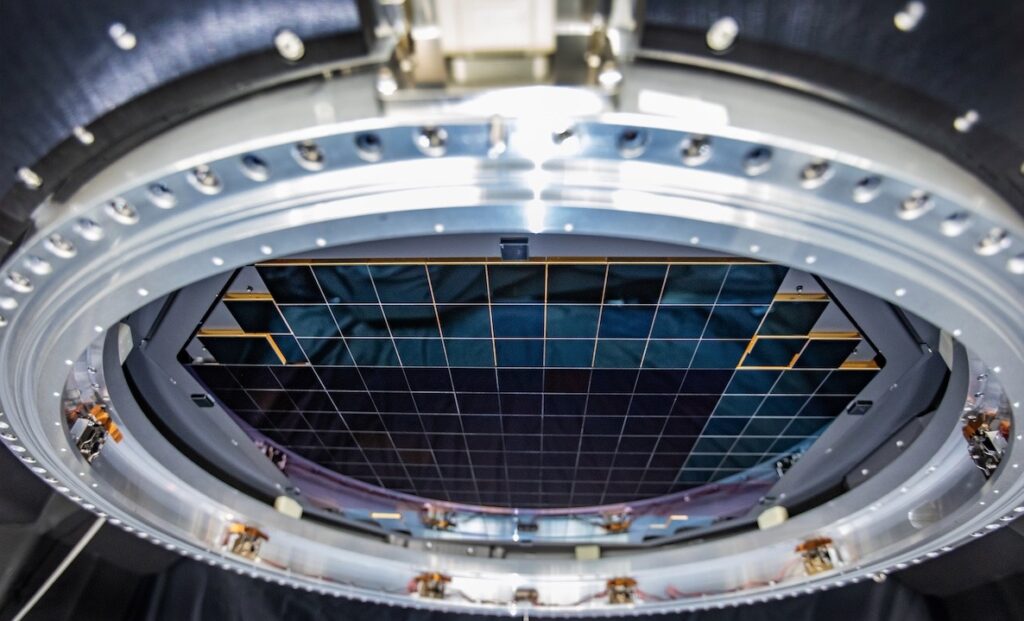
Moreover like any camera, it captures light emitted from or reflected by an object and converts it into electrical signals that are used to produce a digital image. But its focal plane varies, being more sophisticated. The camera has 189 individual sensors or charge-coupled devices (CCDs), all capable of bringing 16 megapixels of data or over 3,000 megapixels in total. So, typically a 16-megapixel smartphone is just 1/189 of the clarity of LSST.
These 189 sensors are then grouped together in sets of nine to construct ‘science rafts’, that makes the count to 21. These 21 rafts, plus an additional four specialty rafts not used for imaging, are inserted into a grid that holds them in space.
Read this : A day with Smart Contact Lens in Future would be like!
Assembly and completion of the camera call for nerve-wracking care, just like dad’s love to his little princess, since a single raft weighs 9kgs and costs $3 million. The focal plane of the cam looks promising, in aspect of its flatness (varies by 1/10th of width of human hair), position (10 microns gap) and size (2-feet). This procures the camera to widely capture a portion of the sky about the size of 40 full moons.
“These specifications are just astounding,” said Steven Ritz, project scientist for the LSST Camera at the University of California, Santa Cruz.
Finally, the whole telescope is designed in such a way that the imaging sensors will be able to spot objects 100 million times dimmer than those visible to the naked eye – a sensitivity that would let you see a candle from thousands of miles away.
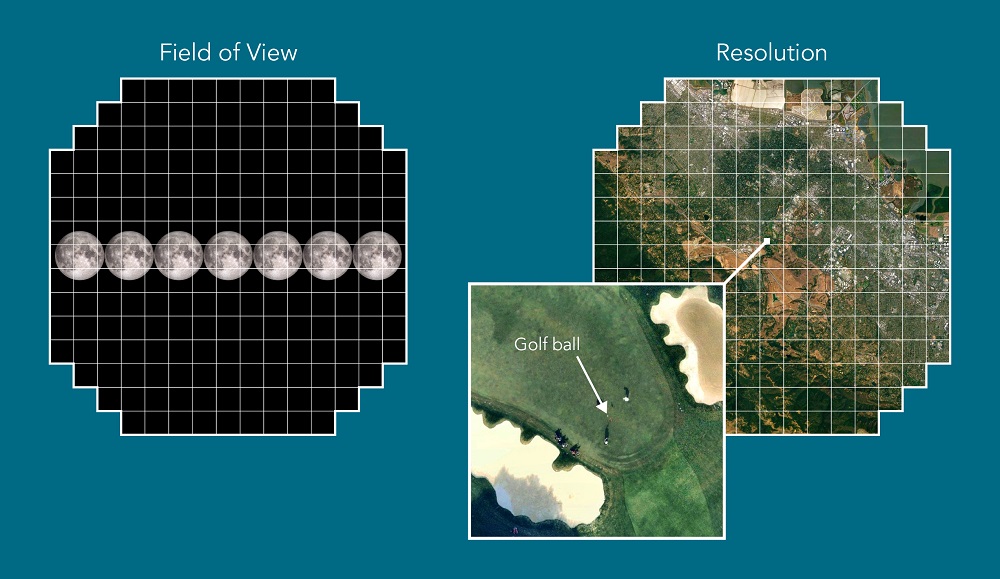
Related Posts
First 3,200 Megapixel images
Post to treating the focal plane in a cryostat for cooling it to -150 deg Fahrenheit, which is their required operating temperature, the camera was used to take the first 3,200-megapixel images, that includes a broccoli, Flammarion engraving and so on, cited below. To do so without a fully assembled camera, the SLAC team used a 150-micron pinhole to project images onto the focal plane.
“Taking these images is a major accomplishment,” said SLAC’s Aaron Roodman, the scientist responsible for the assembly and testing of the LSST Camera. “With the tight specifications we really pushed the limits of what’s possible to take advantage of every square millimeter of the focal plane and maximize the science we can do with it.”
What’s next?
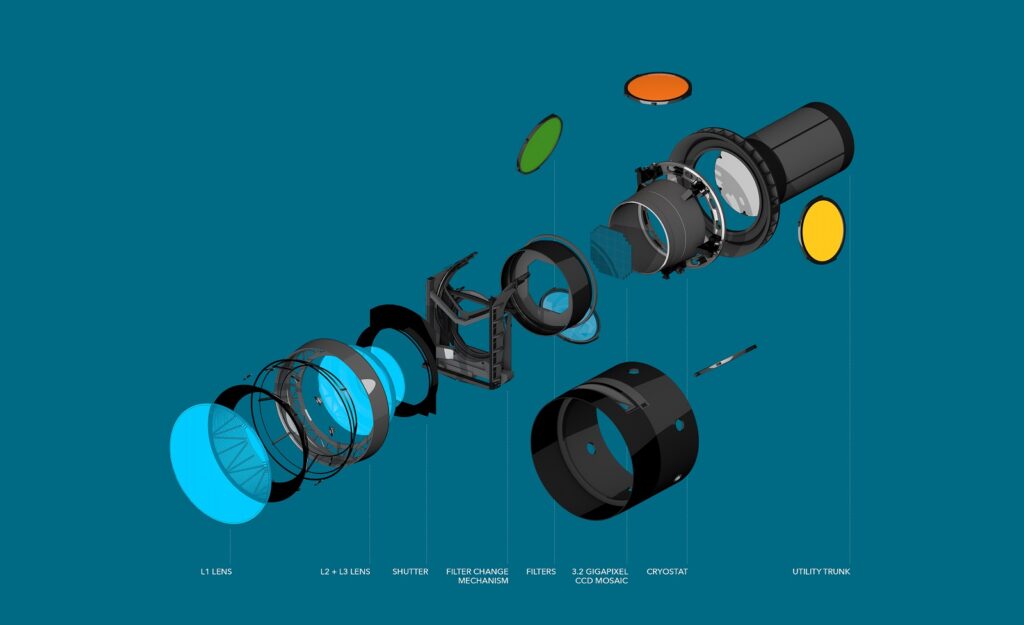
In the next few months, they will insert the cryostat with the focal plane into the camera body and add the camera’s lenses, including the world’s largest optical lens, a shutter and a filter exchange system for studies of the night sky in different colors. By mid-2021, the SUV-sized camera will be ready for final testing before it begins its journey to Chile. Say CHEESE to this new camera😁✌!
Smartphone buying Guide! Take a look here!
References:
- https://www.technologytimes.pk/2020/12/29/3-2-billion-pixel-space-camera-captures-largest-photo-ever/
- https://www.siliconindia.com/gadget/news/worlds-biggest-digital-camera-with-32-billionpixel-nid-114141.html
- https://www.inverse.com/innovation/largest-picture-ever-is-3-billion-pixels
- https://www6.slac.stanford.edu/news/2020-09-08-sensors-world-largest-digital-camera-snap-first-3200-megapixel-images-slac.aspx
- https://www.lsst.org/content/detailed-features-pinhole-projector-images
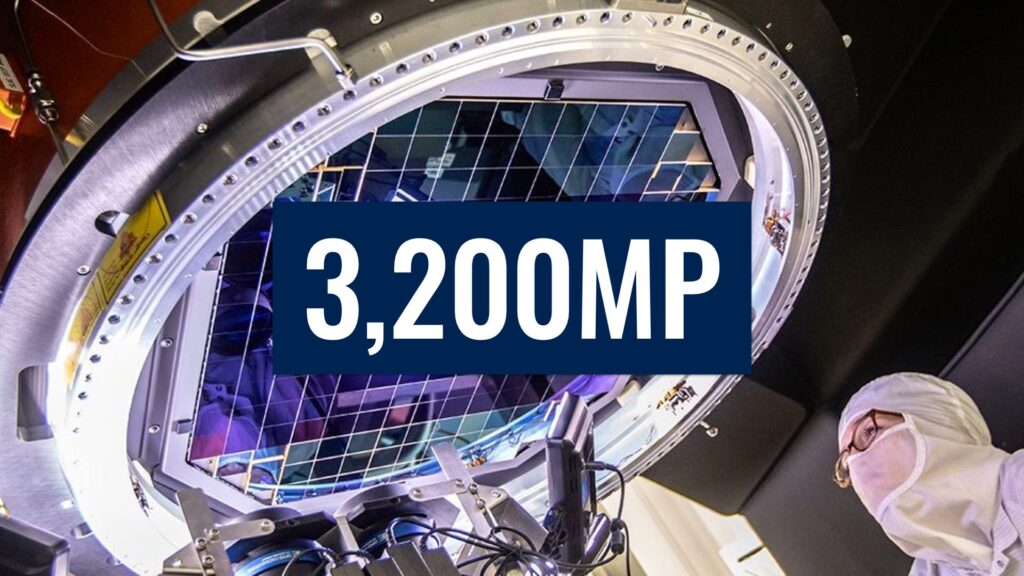



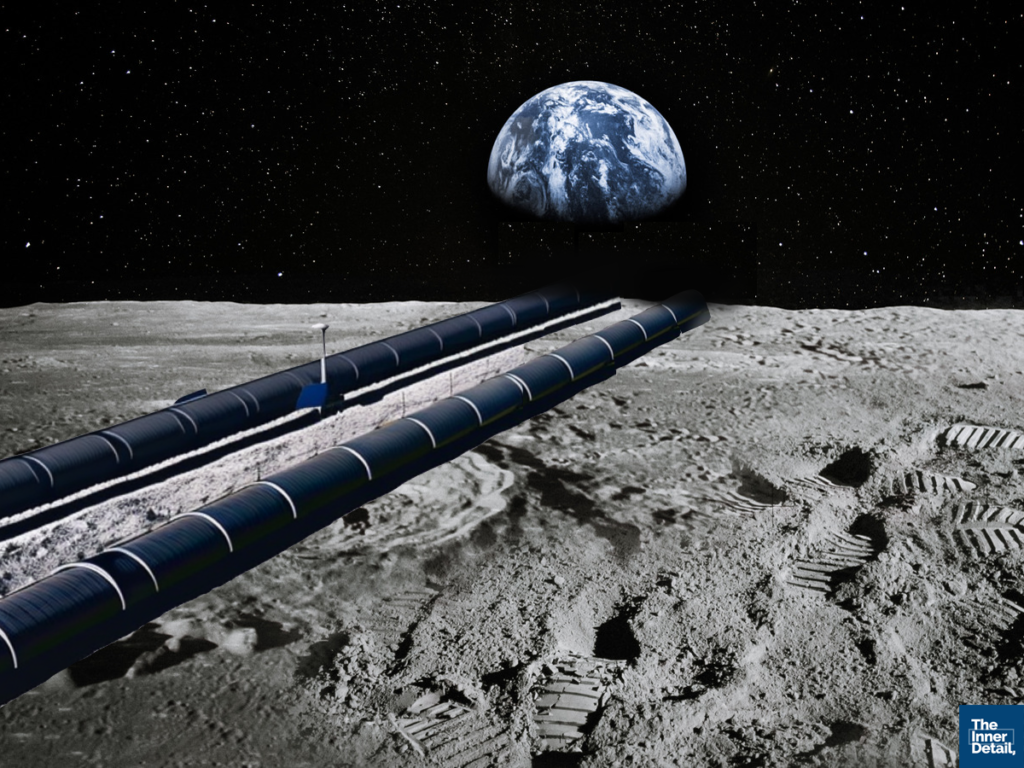



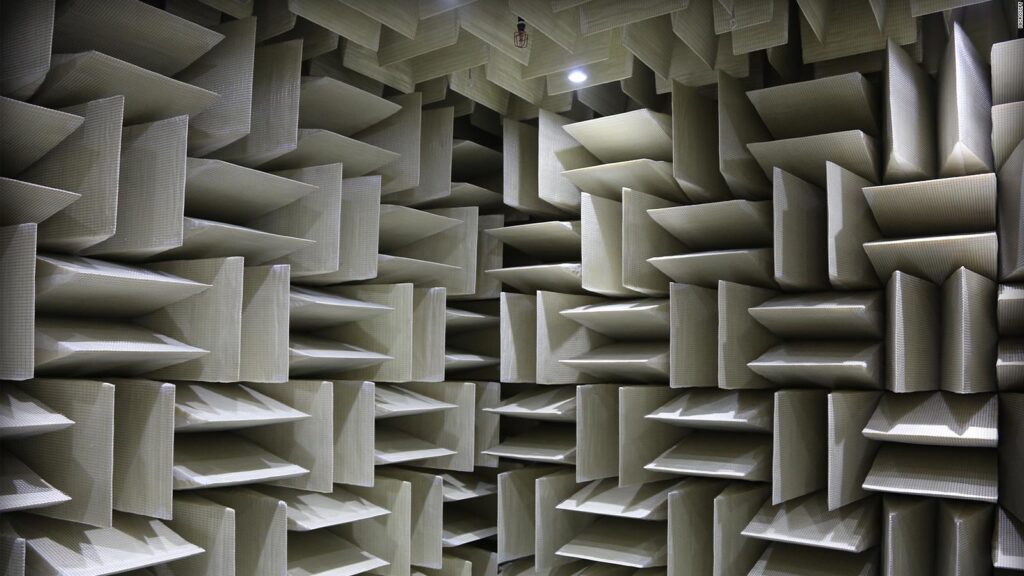






Pingback: Making man/object invisible, just like Harry Potter’s invisibility cloak! Thanks to Science! – The Inner Detail